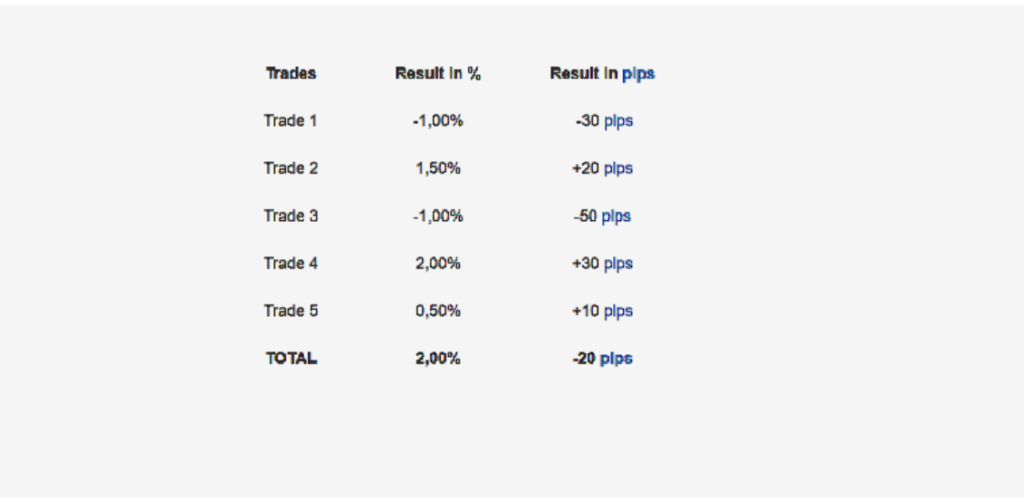How to calculate position sizing

This aspect of your Risk Management should be in place before executing the Trade in interest, by asking yourself:
How Many Lots Should I Sell or Buy?
This page will address that issue and help you make well-educated decisions by applying a precise formula.
In order for you to be able to calculate Position Sizing, you have to be aware of:
- How much money do you have to trade
- What percentage of your money you are willing to risk
- What is the distance between the entry price and the stop loss for every trade
- What is the pip value per standard lot of the currency pair traded
Once the points above are already in place, you are ready to calculate your position’s size by using the formula:
Position size = ((account value x risk per trade) / pips risked) / pip value per standard lot
Let’s use the following example:
Trader has an account with 10,000 US dollars and is ready to lose 2% in a bad trade. The Trader is considering a position on the USD/JPY and the stop loss for that trade is set at a distance of 50 pips. The current pip value per standard lot is, let’s say, 9,85 US Dollars:
((10,000 US Dollars X 2%) / 50) / 9.85 = (200 USD / 50 pips) / 9,85 =
4 USD / 9,85 USD = 0.40 standard lots (4 mini lots or 40.000 currency units)
Let us look at an example where the Trader is going to open several positions, the same equation would be used to limit the overall risk in all the open positions.
For this example, we are taking the same 10,000 US Dollar account and limiting the overall risk of loss to 6%. Now attribute to each trade a certain amount of risk until you sum 6% – from there on, no new positions can be opened.
One of the characteristics of risking a fixed percentage is that it forces the trader to consider and calculate in terms of percentages and not pips.
It is important to be mentioned that by risking the same percentage always you can generate a profit even when the total net pip amount is negative.
The following table shows an example:



